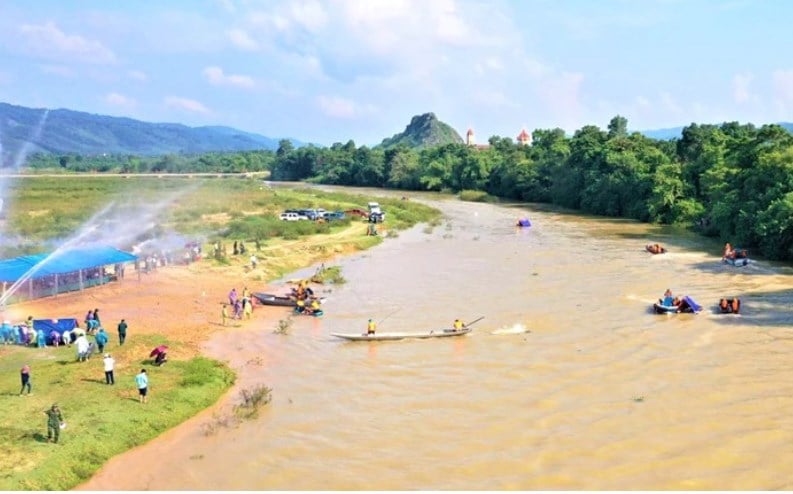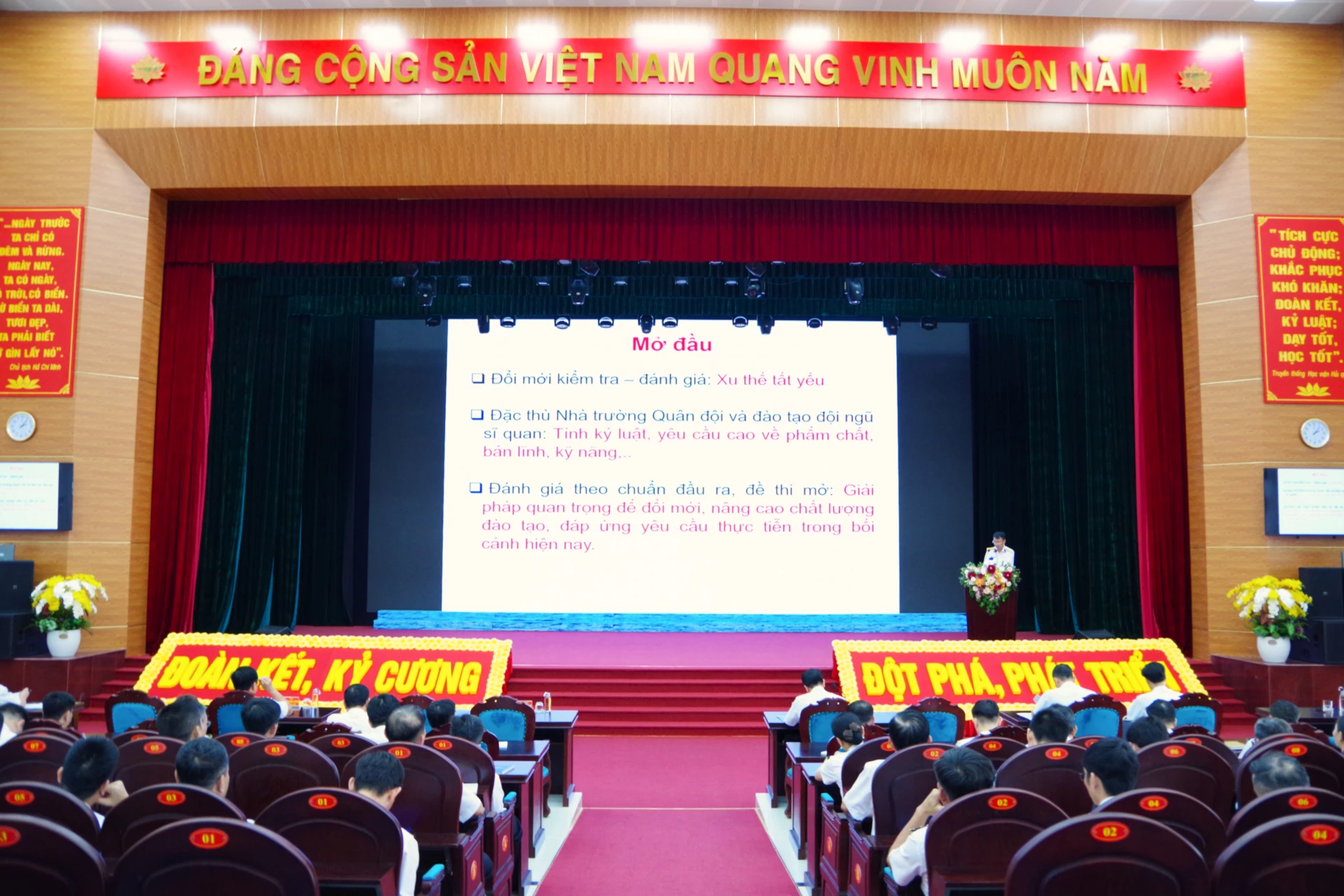
Accordingly, this draft Decision includes 14 Articles regulating location identification for locations within the territory of the Socialist Republic of Vietnam on the basis of the National Population Database, the electronic identification and authentication system; rights, obligations and responsibilities of relevant agencies, organizations and individuals.
The Draft Decision states: Location identification is the activity of collecting, creating, and attaching a unique label to a specific location or location. It includes a set of information to accurately determine the location of a location or any object attached to the land in the geographic spatial projection system.
Electronic location identifier is a unique identification number assigned to each location in geographic space, has a hierarchical structure, is centrally managed and shared uniformly nationwide, and is used to authenticate and reference locations in related activities.
The location identification management system includes the following main components:
The location identification database is an information system that is centrally and uniformly built nationwide, digitized and standardized to store and manage all information about the unique identification of all locations in the form of electronic data, including spatial attributes, descriptive attributes (including time attributes) and logical relationships between locations.
Technical infrastructure includes hardware, software and related tools for collecting, managing and sharing location data to ensure safety and security, and compatibility with national information systems/databases.
Notably, the draft Decision stipulates that the location identifier is a set of character strings assigned to a specific location. Each location is assigned a unique, non-duplicated identifier, ensuring stability, expansion, and the ability to link, integrate, connect, share, and exploit information in the National Database and Specialized Database.
The location identifier consists of an administrative code and an identifier:
- The administrative code consists of 6 characters: Province and centrally-run city code 2 characters; commune, ward and town code 4 characters.
- The identifier section consists of 6 randomly generated characters.
The location identifier is automatically generated by the system and assigned when declaring the location identifier object.
Information related to location identification includes:
Location identifier;
Location identifier;
Detailed address;
Street name;
Ward, commune, town;
Province, city directly under the Central Government;
Postal code;
Coordinate information on the reference system and the Vietnamese national coordinate system (VN-2000) or the GPS coordinate system of the location.
Additional information: information about the owner, land use certificate, type of land use,...
Location activity status: active, in use, out of use, etc.
The objects identified by location are architectural works, construction works, construction structures, place names or any physical structures attached to land (except for objects in the List of State secrets in the field of national defense) that need to be located to serve state management work, serve the needs of exploiting location identification of individuals and organizations; the list of objects identified by location is in the Appendix attached to this Decision.
The full text of the draft Decision has been posted on the Ministry of Public Security's Electronic Information Portal to collect public opinions.
Source: https://baovanhoa.vn/doi-song/se-trien-khai-ma-dinh-danh-cho-tung-dia-diem-tren-toan-quoc-162382.html























![[Photo] An Phu intersection project connecting Ho Chi Minh City-Long Thanh-Dau Giay expressway behind schedule](https://vstatic.vietnam.vn/vietnam/resource/IMAGE/2025/8/21/1ad80e9dd8944150bb72e6c49ecc7e08)




































![[Photo] Politburo works with the Standing Committee of Hanoi Party Committee and Ho Chi Minh City Party Committee](https://vstatic.vietnam.vn/vietnam/resource/IMAGE/2025/8/21/4f3460337a6045e7847d50d38704355d)

































Comment (0)